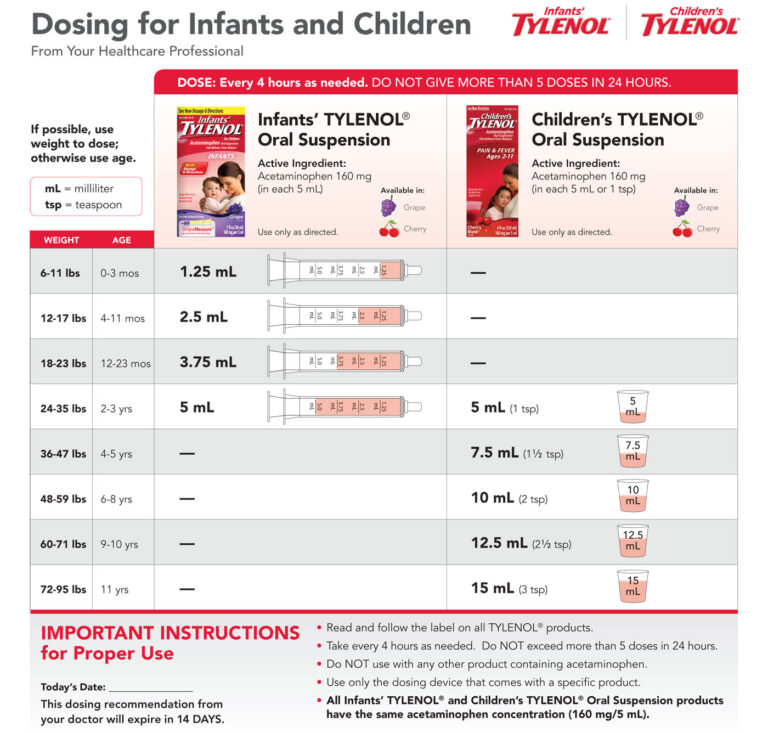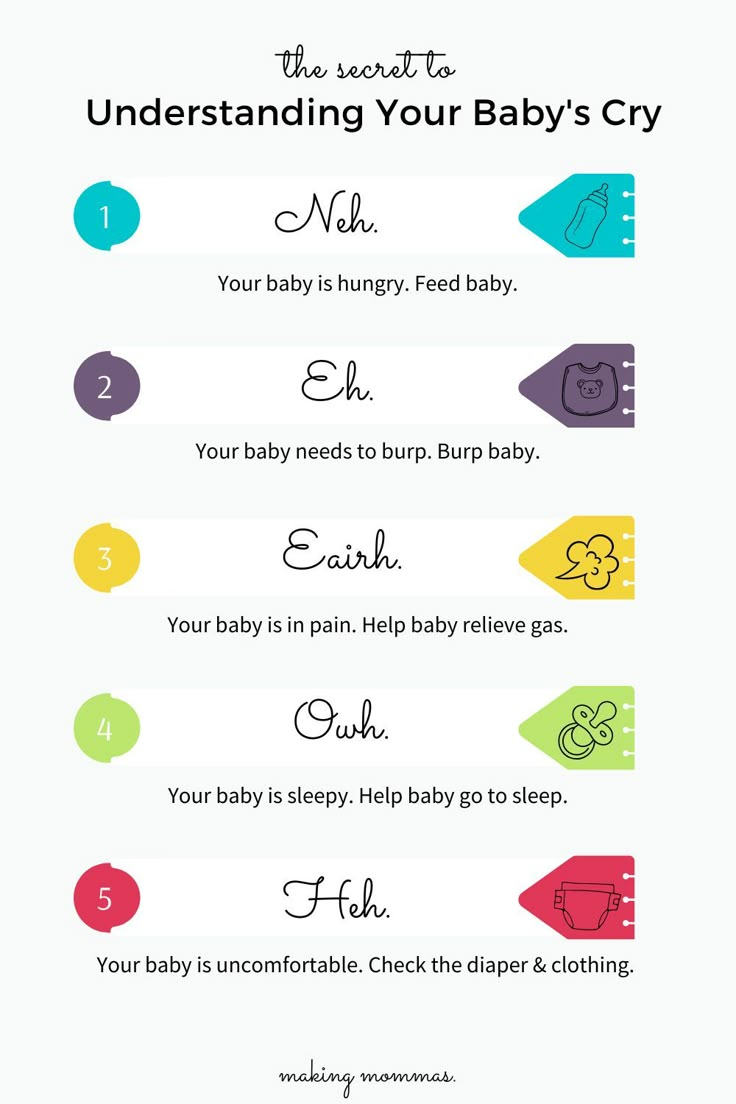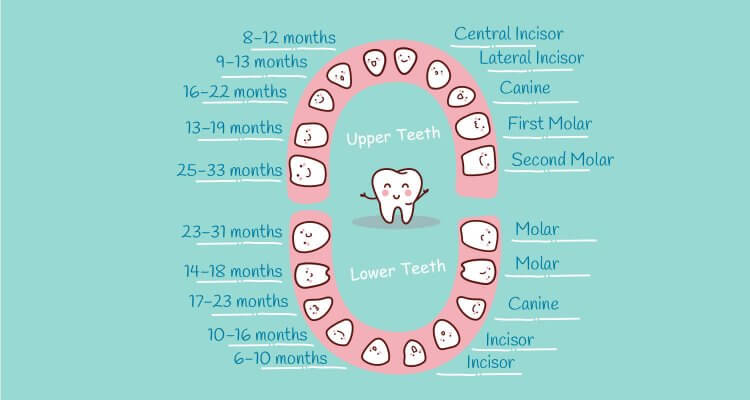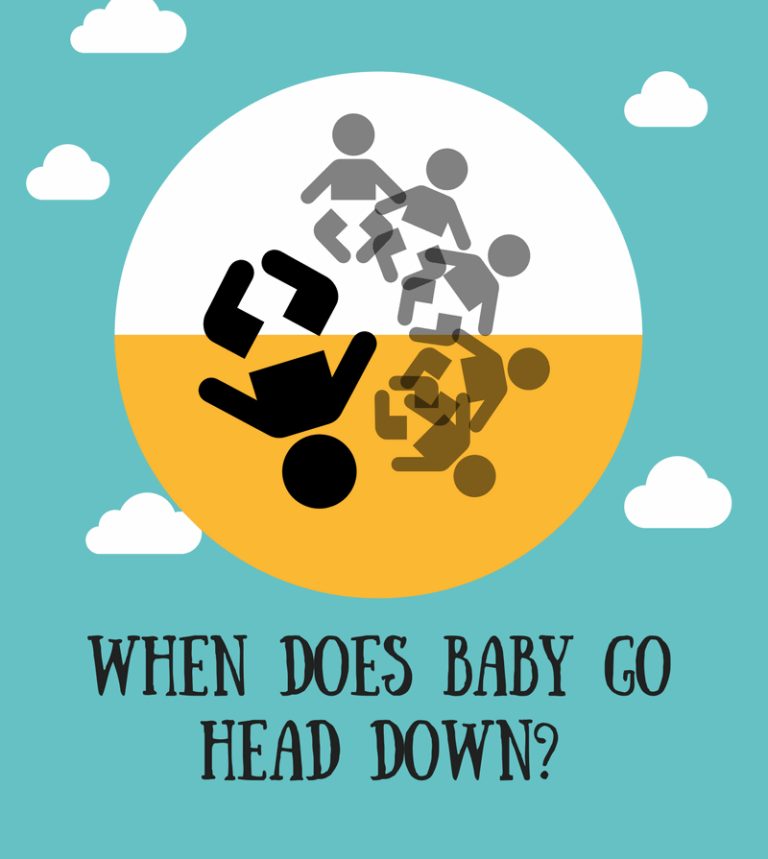Crown to Rump Length: A Comprehensive Guide to Measurement and Interpretation
The Crown to Rump Length (CRL) is a crucial measurement used in various fields, including medicine, animal studies, and anthropology. It plays a significant role in assessing fetal growth, monitoring pregnancies, and understanding animal and human development. This comprehensive guide will delve into the purpose, techniques, and applications of CRL measurements, providing valuable insights into its significance and limitations.
CRL is a measurement taken from the top of the head (crown) to the bottom of the buttocks (rump) and is commonly used to determine the age and growth of a fetus or animal. It is a reliable indicator of developmental progress and can help identify potential complications or abnormalities.
Crown To Rump Length

Crown to rump length (CRL) is a measurement of the length of a fetus from the top of the head to the bottom of the buttocks. It is used to estimate the gestational age of a fetus and to monitor its growth.
CRL is typically measured during the first trimester of pregnancy, between 11 and 14 weeks. It is measured using an ultrasound machine, which produces images of the fetus.
Measuring Crown To Rump Length
To measure CRL, the ultrasound technician will place a probe on the mother’s abdomen and move it around until the fetus is visible. The technician will then use a cursor to measure the distance from the top of the fetus’s head to the bottom of its buttocks.
Normal Crown To Rump Length
The normal CRL for a fetus at 11 weeks is 45-55 mm. The CRL increases by about 1 mm per day during the first trimester.
If the CRL is too short or too long, it may be a sign of a problem with the fetus’s growth. A short CRL may be a sign of intrauterine growth restriction (IUGR), while a long CRL may be a sign of macrosomia.
Factors Affecting Crown To Rump Length
The following factors can affect the CRL:
- Gestational age
- Fetal growth rate
- Maternal health
- Fetal position
It is important to note that CRL is just one measurement used to estimate the gestational age of a fetus. Other measurements, such as biparietal diameter (BPD) and femur length (FL), are also used.
FAQ Section
What is the significance of CRL measurements in pregnancy monitoring?
CRL measurements are crucial in pregnancy monitoring as they help assess fetal growth and development. By comparing CRL measurements to established norms, healthcare providers can identify potential growth restrictions or macrosomia, which may indicate underlying health issues.
How is CRL measured in ultrasound imaging?
In ultrasound imaging, CRL is measured by placing calipers on the screen to trace the distance from the crown of the fetal head to the rump. This measurement is typically taken in the sagittal plane, providing a clear view of the fetal spine.
What are the ethical considerations associated with CRL measurements in animal studies?
CRL measurements in animal studies require careful consideration of animal welfare. Researchers must ensure that the measurement process does not cause undue stress or discomfort to the animals. Proper anesthesia or sedation may be necessary, and the animals should be closely monitored throughout the procedure.





